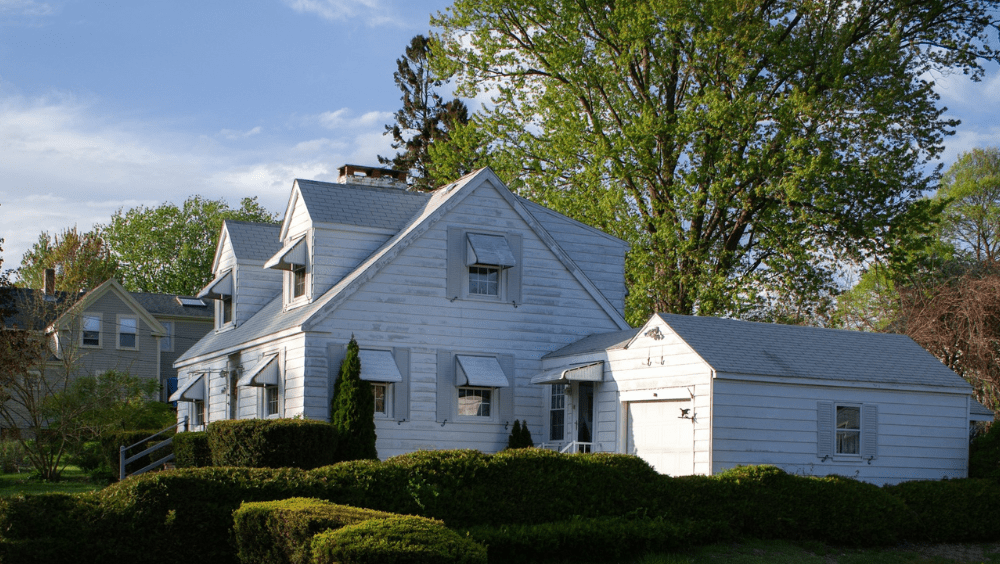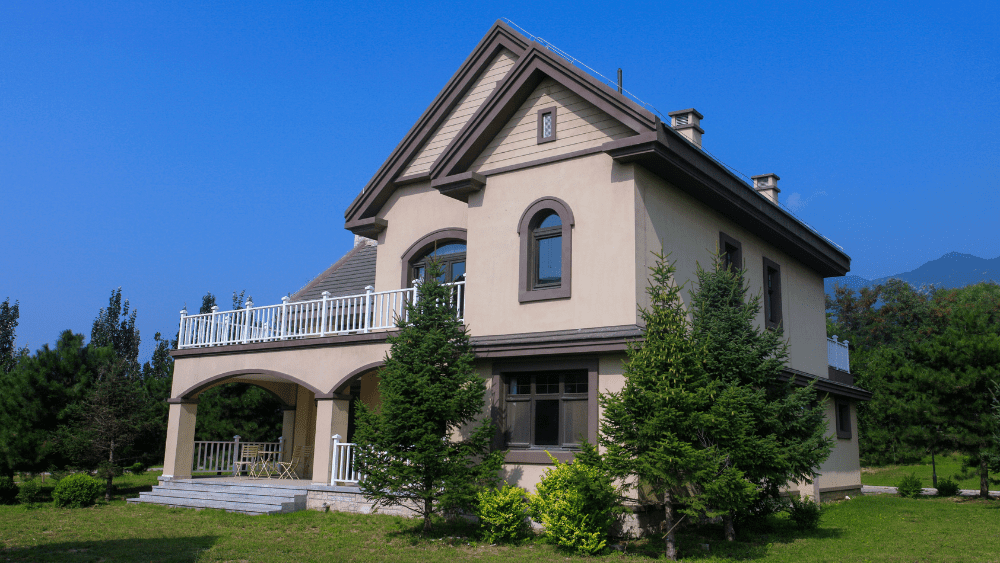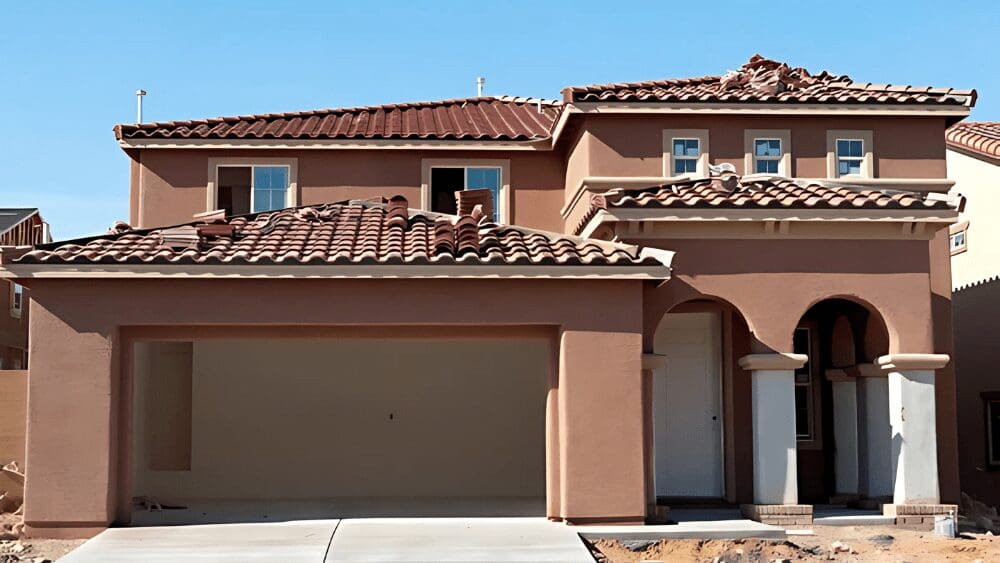
If you’re preparing to sell an older house, you might be concerned about what buyers will think. But how much does the date a home was built matter? The answer depends on how well you’ve cared for the house, how it’s marketed, and your ability to think like a buyer. “Sellers should be very aware that buyers need to feel like everything is in good working order,” explains top Colorado Springs agent Aubrey Cook. “The best way to put that in a different perspective is if you buy an older car. You want to make sure that it has good tires on it, that the engine runs well, and that the transmission is not going to go out on you.” Cook says homebuyers have the same mindset, but it’s an asset that has much more impact on their lives and their financial future. “For a buyer to go into it, they want to make sure everything works. They want to make sure that the foundation isn’t going to crumble underneath them. They want to make sure that they’re going to have heat in the wintertime, and they want to make sure that there are no electrical issues that could create a fire.” In this post, we’ll share Cook’s real-world insights on what buyers look for when it comes to a home’s age. She’ll also provide expert advice to help you highlight your home’s best features and how you can avoid surprises and pitfalls. According to Cook, about 90% of her buyer clients pay close attention to the date a home was built. However, she says that doesn’t mean it will automatically make or break a sale. What matters, she explains, are buyer expectations, perceptions, and how the home has been maintained. “If somebody’s looking for a fixer-upper — something that was built in the 40s or 50s, for example — I feel like most buyers understand that some mitigations or updates are going to be needed because of the age.” Cook says some buyers are drawn to older homes for their character, craftsmanship, and larger lot sizes. Others prefer newer builds for their modern features and energy efficiency. The key factor is how well your home matches a buyer’s expectations for its age. An older home that’s been thoughtfully updated can attract as much interest as a newer one, especially if major systems and maintenance have been addressed. “I just went under contract with a buyer, and they understand that it’s an older home, but it has been completely remodeled,” Cook says. ”But there are certain inspections that they would like done on the property because of its age.” Ultimately, buyers want a home that feels safe, solid, and as move-in-ready as possible — regardless of the build date. However, with higher home prices and elevated interest rates, many buyers are deliberately seeking out fixer-uppers and older homes, which can work in a seller’s favor. Buyers’ expectations tend to shift depending on when your home was built. Here’s a look at some things buyers might assume: Cook emphasizes that buyers will often move forward with an older home if they see evidence that important systems have been maintained and the house has been well cared for. While buyers do notice when a house was built, most will dig deeper into its true condition before making an offer. Here is Cook’s list of the top three things that typically matter more to buyers than the date the home was built: Cook says that one of the biggest concerns most buyers have about purchasing an older home is “Definitely the foundation.” “As an agent, I walk through the property with the buyer, and we look through everything.” Cook explains that buyer hesitation spikes “if we see cracks on the outside or if there’s a basement where it’s visibly obvious that there might need to be some repair work done.” On average, you can expect to pay around $5,000 for a home foundation repair. If no major damage is found, you can typically repair minor cracks for $250 to $800. But a home with shifting or buckling walls, or a house that needs to be leveled can cost up to $25,000 or $30,000 to repair. Another under-the-surface surprise that worries buyers is what might be happening below the foundation. “I encourage a sewer scope because what you don’t see, you don’t know, and that’s one of those things on a home that may or may not be costly to a buyer,” Cook says. “I always advise making sure to have that checked.” Some sellers will be proactive and order a pre-sale scope to remove this worry. The average cost of a sewer line camera inspection ranges from $270 to $1,730, depending on the length of your sewer system and how easy it is to access. “Regardless of whether it’s an older home or a newer home, the inspection of the roof is always important,” Cook says. “Especially here in Colorado, where we experience a season of hail and high winds. You could have it replaced one year, and then we have a storm, and you need to get it replaced the next year.” This third buyer worry often ranks No. 1 in states prone to hurricanes (Florida, Texas, Louisiana, North Carolina, and South Carolina) or tornados (Texas, Oklahoma, and Kansas). The average cost to replace a roof ranges from $5,700 to $16,000. Other things buyers will likely focus on: Even if your home is decades old, showing that you’ve invested in its upkeep can significantly boost its appeal. No matter when your home was built, how you present it to buyers can make a huge difference. This is where the marketing expertise of a top agent comes into play. Cook, who sells homes nearly 40% quicker than average agents in her market, says that well-built older homes can be marketed as opportunities: sturdy, customizable homes that buyers can make their own. “It’s like buying anything resale; it’s not yours until you make it your own, whether that’s to add paint or to update fixtures to your personal preference,” she explains. “Many buyers have different styles that they tend to gravitate towards. So, it’s just another way to say, ‘Hey, here’s a clean slate of a very well-built home that you could truly customize to your personal preference.’” To make your home’s age work in your favor: Remember, buyers aren’t just purchasing a house — they’re buying a lifestyle and future memories. Framing your home’s story around its strengths can help bridge any hesitation they might feel about its age. There are some cases where a home’s age can trigger higher buyer hesitation, especially if outdated or unsafe features are still in place. Cook points out that buyers are particularly cautious about old wiring, plumbing, and foundation issues. “If you have an older home that still has knob-and-tube wiring or [outdated fire-risk] panels, that does raise concerns for buyers,” Cook explains. She adds that outdated sewer lines made of clay or cast iron and aging furnaces are also common red flags. “Furnaces are costly to replace if it is older.” One solution Cook recommends is to offer a home warranty. “I just sold a 20-year-old home. The furnace was serviced, cleaned, and certified. Everything checked out well, but the buyer was still a little concerned because of its age. A home warranty provided her with some sense of security.” Cook says a home warranty compromise can work for both the seller and the buyer. “It’s hard on a buyer’s side to ask a seller, ‘Hey, replace this because it’s 20 years old,’ but it still works in the meantime. It’s a personal preference from one buyer to the next, but some buyers see older [HVAC] systems as a red flag.” Cook strongly encourages sellers of older homes to get a pre-listing inspection. “Even though you may have lived in your home for 10, 20, or 30 years of your life and never had an issue, that doesn’t mean issues aren’t there.” She explains that catching and addressing issues early can help you maintain negotiating power and keep your deal on track. “Then, when the inspection does occur, it’s not such a hard hit, or that feeling of being overwhelmed with a laundry list of things that have been discovered.” If your home is structurally sound but shows its age in places like the kitchen or bathrooms, you might be wondering if you should renovate before selling. In many cases, heavy renovations aren’t necessary. A top agent will know what to fix, and what you may not need to fix to attract a fair offer in your market. For example, Cook says home staging may have a bigger impact than expensive upgrades. “If everything is structurally sound and it looks really good, it often comes down to staging. How can you show that property at its full potential? Where can you place furniture? What is the flow of it? That really helps put the home and a buyer’s perspective as if they were living in the home.” Instead of taking on costly remodeling projects, consider low-cost updates like: Buyers often look past cosmetic details if the home feels clean, spacious, and move-in ready. Plus, focusing on the home’s strengths — like solid construction or a large lot — can help buyers see the value even if some finishes are older. But Cook also reminds sellers that pricing a home competitively matters, especially with a house that has not been updated. “Some of these older homes are not as high of value as a newer home, so that’s important to some buyers — is it affordable?” If you offer buyers a fair price and a clean, inviting presentation, you can get strong offers without a major renovation budget. At the end of the day, the year your home was built is just one piece of the puzzle, but it doesn’t need to be a big piece. Buyers care far more about whether your home feels safe, solid, and well cared for than whether it’s brand-new or decades old. By taking steps like making necessary repairs, staging thoughtfully, and offering a home warranty if needed, you can help buyers feel confident about their purchase. Here’s an at-a-glance review of Cook’s advice when selling an older home: With the right strategy, your home’s age can become just a footnote — not a barrier — to a successful sale. To make the most of your home sale, partner with a performance-proven agent who knows how to sell an older home like yours. HomeLight’s free Agent Match platform can connect you with a top-rated, trusted agent in your market. We analyze over 27 million transactions and thousands of reviews to determine which agent is best for you based on your needs.Does the date a home was built matter in a home sale?
Common buyer expectations based on home age
Era built
What buyers might expect
Possible assumptions
Pre-1940s
Historic charm, unique details
Foundation issues, old wiring, outdated plumbing
1940s-1970s
Strong construction, larger lots
Older sewer lines, outdated electrical panels
1980s-early 2000s
Modern layouts, improved materials
Dated finishes, aging HVAC or roof
2010s and newer
Energy efficiency, turnkey condition
Higher price point, smaller lots
3 key factors that matter more than the build date
1. The home’s foundation
2. The home’s sewer system
3. The home’s roof
How to frame your home’s age as a selling point
When a home’s build date might hurt your sale
Should you renovate before selling an older home?
Takeaways: Focus on what buyers value most



